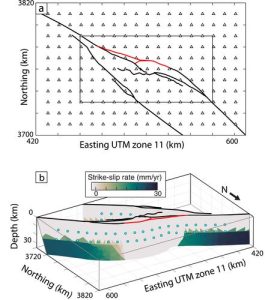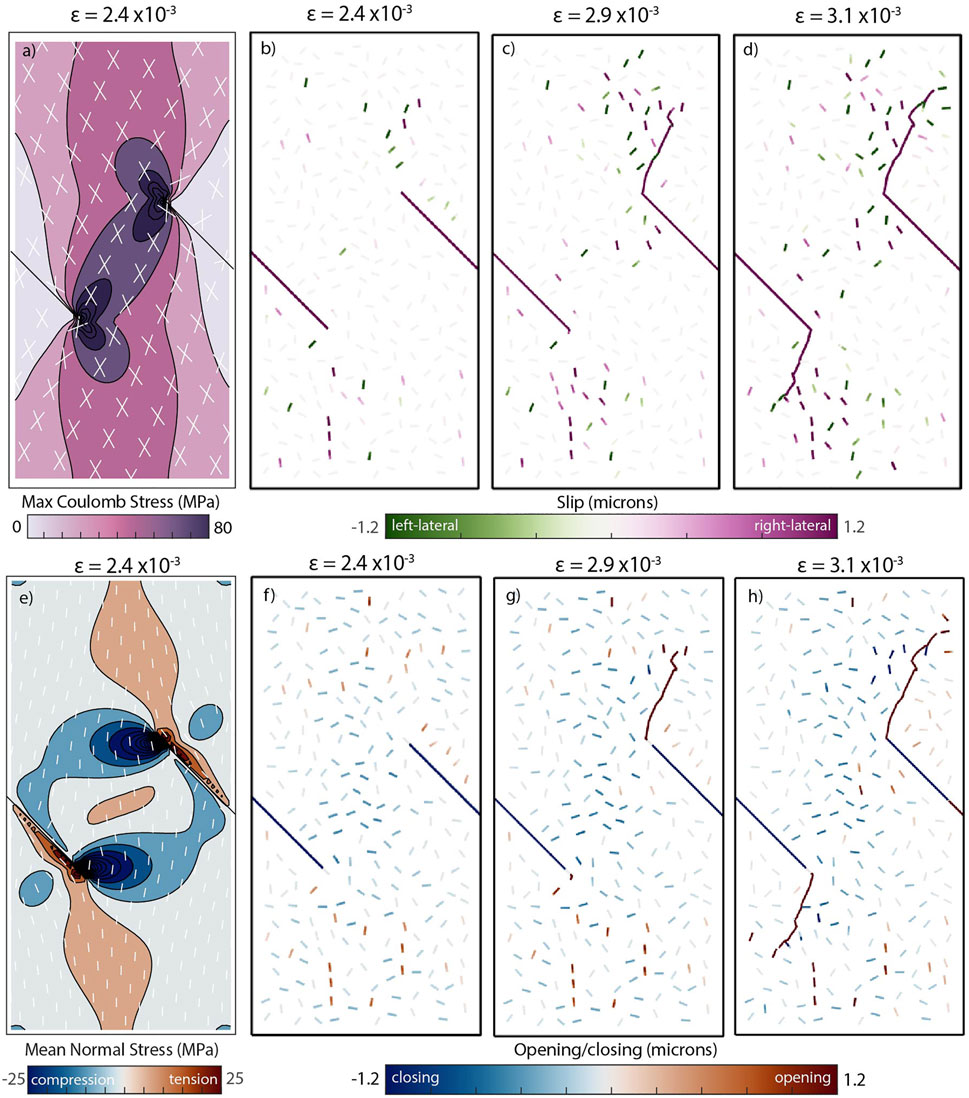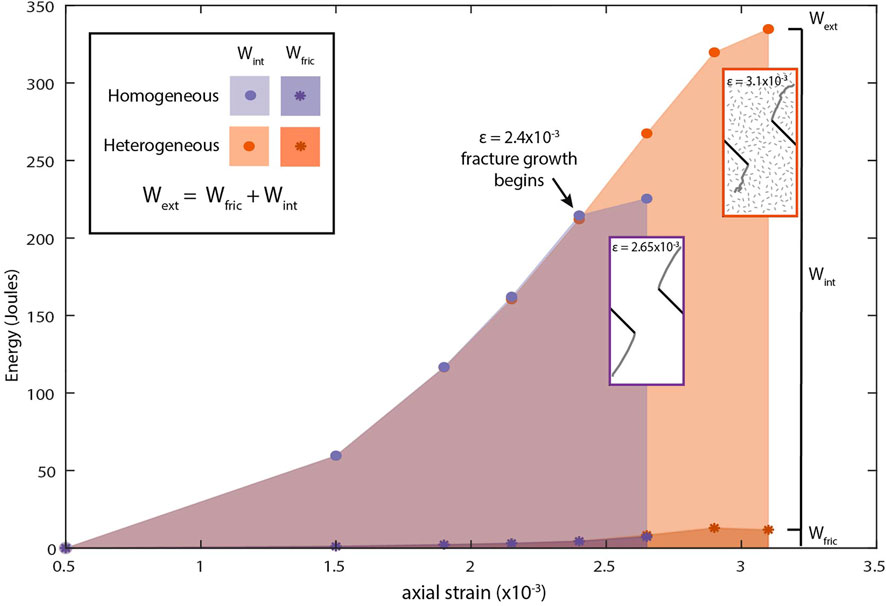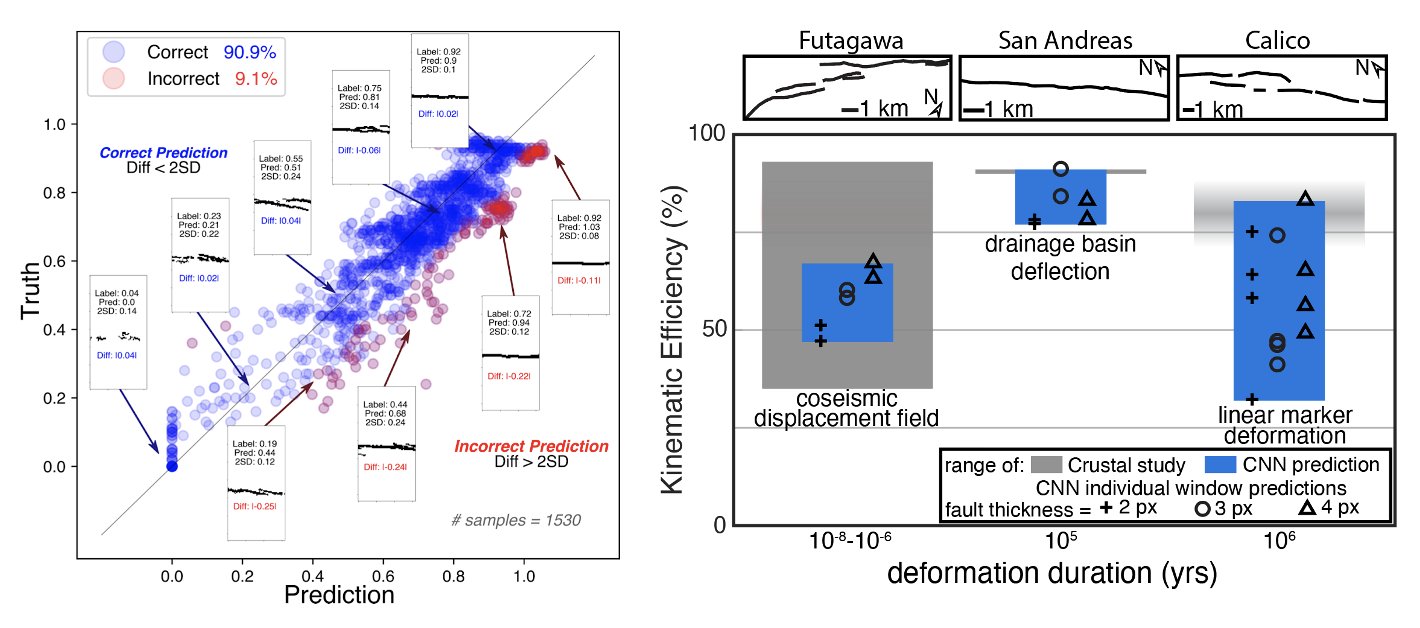Cooper, Audrey, Michele Cooke, Kota Takayama, Danielle Sumy and Sara McBride, From alert to action: earthquake early warning and deaf communities, Natural Hazards, (2024). https://doi.org/10.1007/s11069-024-06719-6

Cooper, Audrey, Michele Cooke, Kota Takayama, Danielle Sumy and Sara McBride, From alert to action: earthquake early warning and deaf communities, Natural Hazards, (2024). https://doi.org/10.1007/s11069-024-06719-6


Garvue, Max M,. James A. Spotila, Michele L. Cooke and Elizabeth R. Curtiss, 2024, What Controls Early Restraining Bend Growth? Structural, Morphometric, and Numerical Modeling Analyses From the Eastern California Shear Zone, Tectonics, https://doi.org/10.1029/2023TC008148
Max did a great job combining careful field data and numerical models to decipher the relationships between fault configuration and uplift patterns.

Yule, J. Doug, Michele L. Cooke and David D. Oglesby, 2024. Seismotectonics of the San Andreas fault System in the San Gorgonio Pass region: A Synthesis, Geosphere, https://doi.org/10.1130/GES02710.1
This paper also provided a chance to honor and celebrate Doug Yule.
Hanna Elston’s new paper “A New Method to Invert for Interseismic Deep Slip Along Closely Spaced Faults Using Surface Velocities and Subsurface Stressing-Rate Tensors” is out in Earth and Space Sciences

The paper shows the connectivity of faults and the directivity of rupture control whether earthquakes can pass through the San Gorgonio Pass.
Tarnowski, Jennifer, Christodoulos Kyriakopoulos, David. D. Oglesby, Michele L. Cooke, and Aviel Stern, 2022. The effects of pre-stress assumptions on dynamic rupture with complex fault geometry in the San Gorgonio Pass, CA region, Geosphere. https://doi.org/10.1130/GES02511.1


Cooke, Michele L., Hannah Baranes, Isla S. Castañeda, Jonathan D. Woodruff, and David F. Boutt, 2022. After GRExit: Reducing bias in geoscience graduate admissions, Eos, 103, https://doi.org/10.1029/2022EO220285. Published on 17 June 2022
Fattaruso, Laura, Michele L. Cooke, Jessica McBeck, 2022. The influence of fracture growth and coalescence on the energy budget leading to failure, Frontiers in Earth Science, doi.org/10.3389/feart.2022.853030


Should we expect site slip rates around restraining bends to remain constant over the 10-100k time scales? Probably not ’cause sites migrate and fault systems evolve! Hanna Elston led this new paper out in Geology.
Elston, Hanna M., Michele L. Cooke and Alexandra Hatem, 2022. Non-steady state slip rates emerge along restraining bends under constant remote loading, Geology. https://doi.org/10.1130/G49745.1
Chaipornkaew, Laainam, Hanna M. Elston, Michele L. Cooke, Tapan Mukerji and Stephan Graham, accepted. Using Convolution Neural Networks to estimate off-fault deformation from fault maps, Geophysical Research Letters. doi.org/10.1029/2021GL096854.
(Open access preprint at doi:10.1002/essoar.10507909.1.)


Benowitz, Jeffrey, Sean Bemis, Patrick Terhune, Michele L. Cooke, Kevin Toenenboehn, 2021, Why is Mt. Denali (6,194 m) so big? Caught inside the tectonic wake of a migrating restraining bend, Terra Nova. https://doi.org/10.1111/ter.1257`1